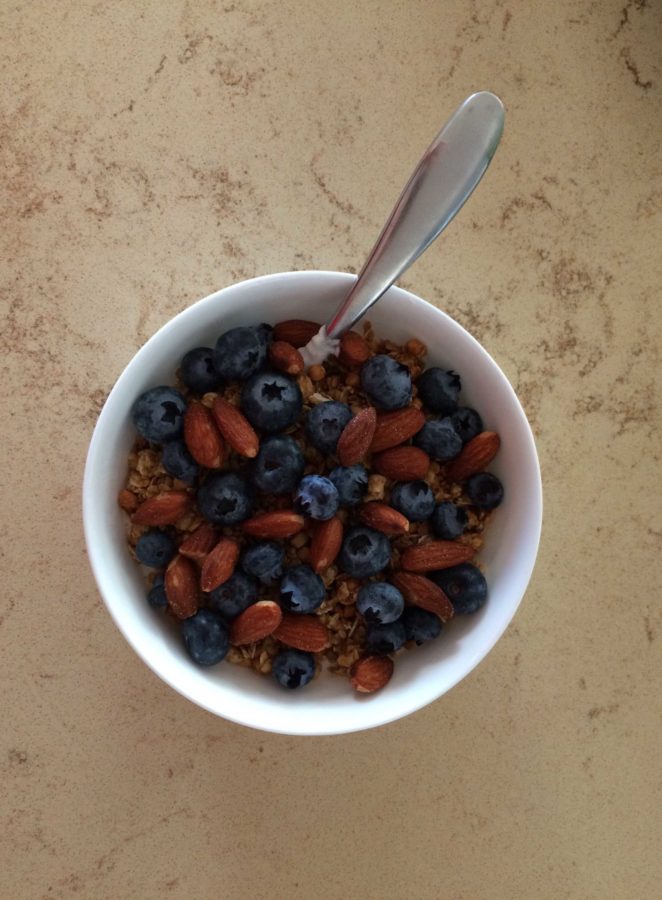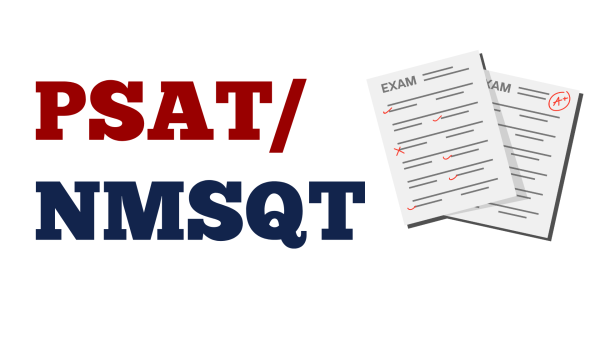How to: Healthy Eating for Beginners
A healthy snack of fruit and nuts.
As February comes to an end, some may struggle to stay committed to health related 2017 New Year’s Resolutions. Others may want to give the healthy lifestyle a try, but find it hard to motivate themselves to eat clean and exercise. Making a change in one’s lifestyle is hard at first, but will pay off later in life by preventing obesity, heart disease, high blood pressure, and type 2 diabetes, according to the Office of Disease Prevention and Health Promotion.
“Eating healthy is sustainable for the environment. Often times, healthy foods don’t have as much packaging, and also it’s important to maintain your health so that you can live a better life,” senior Lucy Hendrickson said.
According to ChooseMyPlate, making half your plate fruit and vegetables and making half your grains whole grains can be something to keep in mind when choosing better foods. Along with these, moving to low-fat and fat-free dairy, varying your proteins, and comparing the saturated fat, sodium, and added sugars in your food and beverages, can be a commencement to a healthy diet.
A change in mindset can be a good start to a healthier life. Mindful eating is a technique derived from the Buddhist notion of mindfulness and being aware of one’s body and surroundings, according to Harvard Health Publications. It involves knowing when the body is actually hungry and acknowledging how to ease that hunger in a healthy way as opposed to binge eating, anxious eating, etc. To do this, one needs to be conscious of the connection between the mind and the stomach, eating slow, and thinking about the foods one puts into their body.
“I think the biggest thing is focusing on what’s on your plate and if you have a balanced meal. People make it a lot harder than it is. As long as you’re conscious about what you’re eating, everything will fall into place,” senior vegetarian Jessica Narum said.
By reading the Nutrition Facts Label located on food packages, one can get the basic information about what they are putting into their body. When it comes to serving size, it is important to consider how many servings are in the package and how many you are consuming. A general guide to calories, based on a 2,000 calories diet, is that 40 calories is low, 100 calories is moderate, and 400 calories or more is high. When reading the nutrients part of the label, focus on limiting fats, saturated fats, trans fats, cholesterol, and sodium and getting more dietary fiber, vitamins, calcium, and minerals, according to the Food and Drug Administration.
























































